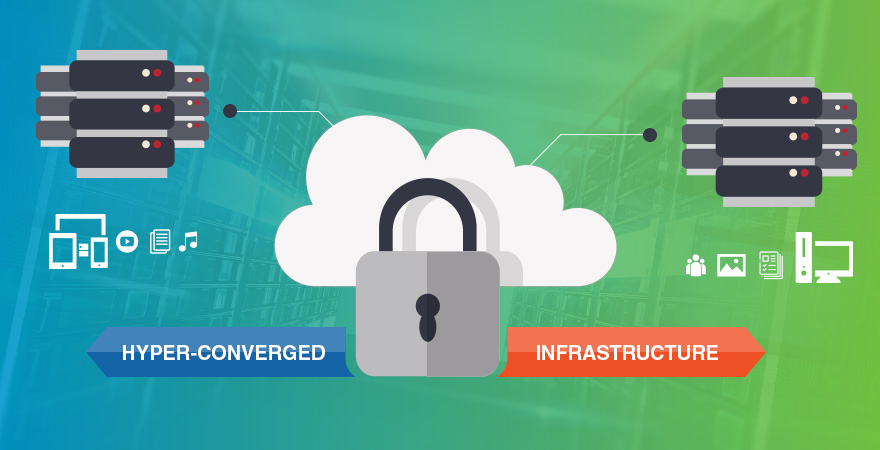Hyper Converged Infrastructure or HCI is nearing a decade of its formal introduction. The technology was initially considered a one size fits all solution but as with most new technologies, certain challenges and bottlenecks did emerge.

What is HCI?
HCI is a software based IT infrastructure that relies on virtualization of storage, compute and network resources to name a few. Typically, all this is performed over vast high performance servers to deliver the intended benefits.
Also Read: dinCloud’s HyperConverged Infrastructure Enables High Performance Desktop-as-a-Service (DaaS)
Despite running into some problem areas, HCI is a technology that is constantly proving of value in many use cases. In this post, we will briefly cover some of the main use cases of HCI that are still quite feasible and beneficial.
Desktop as a Service – DaaS
One of the main utilizations of HCI is in Desktop as a Service or DaaS. Using HCI, Cloud Service Providers (CSP) like dinCloud create virtualized instances of Windows 10 desktops with a software defined storage, CPU, RAM and GPU capabilities.
These Virtual Desktops can then be allocated to hundreds or even thousands of individual users over the cloud. While these virtual desktops are quite similar in terms of specs, they are fully capable of handling workloads independent of one another.
HCI is a critical component of the service delivery model of cloud providers like dinCloud. Using some of the best HCI platforms in the industry, dinCloud provides Cloud Hosted Virtual Desktops (dinHVD) to users across the globe.
Edge Computing
The whole idea behind edge computing is localizing the generation, analysis and processing of data without involving the mainstream infrastructure. At times, edge devices may need minimal features due to the simplicity of the workload in question.
Also Read: Top 8 Hybrid Cloud Computing Expectations for 2020
Virtualization platforms other than HCI do not offer the same level of flexibility in low scale deployments. HCI platforms, on the other hand, retain their feature set even in the smallest deployment scenarios. This makes HCI a more versatile platform for edge computing.
Remote Office and Branch Office (ROBO) Ops
The trend of managing remote office or branch office (ROBO) operations centrally is increasing. This enables both improved security and centralized management of critical business operations.
Another important consideration when implementing ROBO is cost reduction. To attain all this without compromising much on the performance side, HCI is the most suitable virtualization platform that delivers highly available resources with minimal hardware.
Development and Testing Environments
HCI provides a good fit for development and testing environments by replicating resources from the production environment. The developing, testing and tweaking stages of a test environment don’t overlap with the production cluster in the case of HCI.
In this way, HCI delivers a stable and cost effective test environment, which also does not affect the operations of existing IT clusters. When the testing and development phases are accomplished and processes become stable, they are shifted to the production side.
Facilitate Cloud Migrations
One of the crucial stages of any cloud migration is smooth transition of applications and specialized workloads over the cloud. A cloud migration is quite different from a cloud adoption as it does not accompany transitional challenges.
HCI platforms act as a buffer during a cloud migration by eliminating the need for refactoring applications when moving to the cloud. This enables cloud providers and IT teams to better understand the impact of cloud migration, without affecting processes.
Also Read: Future Report on Desktop as a Service (DaaS) Infrastructure
Backup and Disaster Recovery
The centralized management of HCI enables easy duplication of virtual machine images (VM) and data, both within the same HCI cluster as well as another cluster. The ability to replicate VMs intra cluster is an effective mechanism for regular backups of data.
Now, extending this same replication capability beyond an HCI cluster to another cluster provides a robust, cost effective and highly available Disaster Recovery (DR) mechanism. This DR system becomes even more reliable when maintained at another location.
Despite its set of challenges, which will be covered in another post, we can conclude that HCI is a virtualization technology with a wide range of highly effective use cases.


